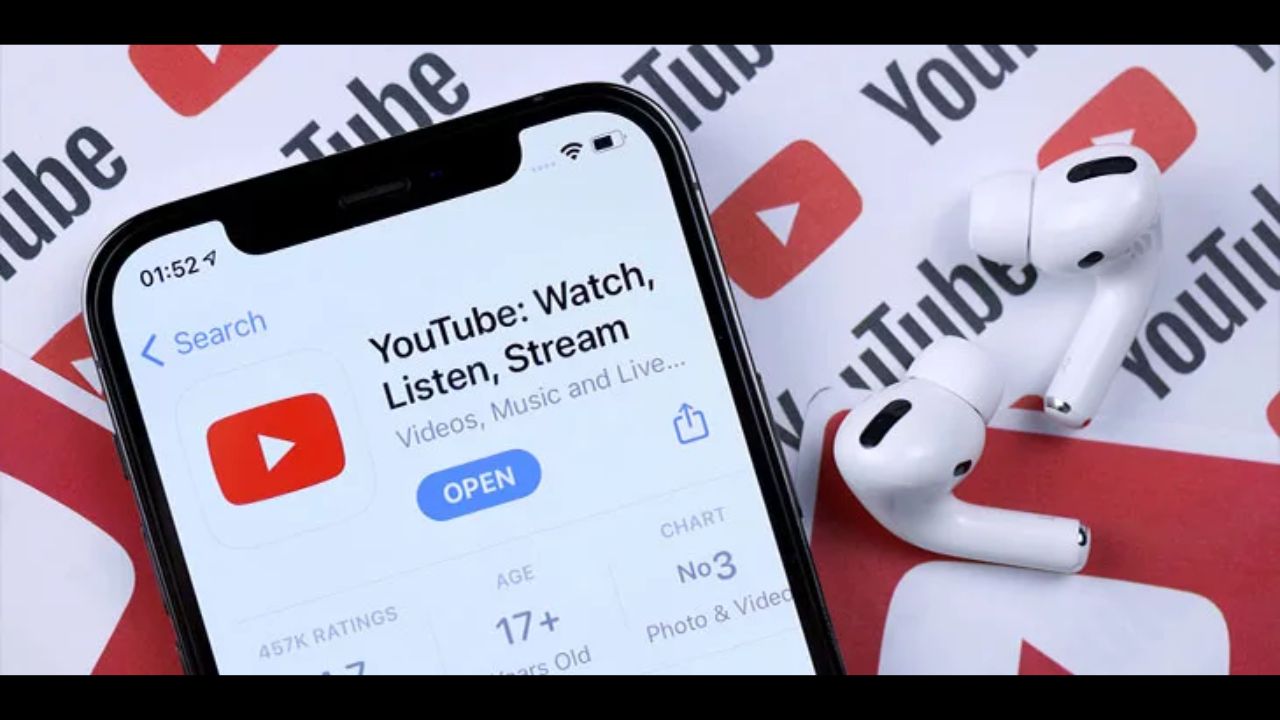YouTube Urges Content Creators to Disclose AI Usage in Videos
YouTube has talked about this since November. Digital content is being transparent and trustworthy, and they’re even partnering with others in the industry.

YouTube Urges Content Creators to Disclose AI Usage in Videos: YouTube has now rolled out new rules for content creators, helping users distinguish between content created by humans and content created by artificial intelligence. As YouTube pointed out in a lengthy blog post, if you make videos that look realistic using AI, you need to let your viewers know.
This new rule aims to increase transparency. Viewers should know when what they’re watching might not be as true as they seem.
“We’re introducing a new tool in Creator Studio requiring creators to disclose to viewers when realistic content – content a viewer could easily mistake for a real person, place, scene, or event – is made with altered or synthetic media, including generative AI. We’re not requiring creators to disclose content that is unrealistic, animated, includes special effects, or has used generative AI for production assistance,” YouTube said in a blog post.
YouTube Urges Content Creators to Disclose AI Usage in Videos
This new rule is part of YouTube’s effort to ensure AI tools are used safely and ethically. YouTube has talked about this since November. Digital content is being transparent and trustworthy, and they’re even partnering with others in the industry.
It’s time to get to the nitty-gritty of what creators need to do. Whether they swap faces, tweak real footage, or create realistic scenes using AI, they must disclose this to viewers. This disclosure will appear in the video player as well as the description box. And if a video touches on sensitive topics like health or news, the disclosure will be even more prominent.
You don’t have to disclose every little AI tweak. As long as creators use AI for productivity purposes, like generating captions or scripts, they’re fine.
To give creators time to adjust, YouTube is rolling out labels first on mobile, then on desktop and TV. If someone keeps dodging the disclosure, YouTube might step in with enforcement.
A YouTube’s goal is to keep things real, especially when AI is involved. By being upfront about how content is created, YouTube wants to build trust between creators and their audience. In a world where technology blurs the lines between real and fake, a little transparency goes a long way.
YouTube, on the other hand, doesn’t need special labels for videos that have been edited with beauty filters, special effects like blurred backgrounds, and changes that make the videos look like animations.
Even though AI-generated content has become a big problem for these sites, the government makes it clear that Google, Meta, and YouTube should do something to stop the spread of false information and fake news.
Check Out: James Blunt Left ‘Humiliated’ by AI’s Take on His Lyrics
